 We've been using these Eco Fans for many years, a great example of appropriate tech. If you use wood to heat spaces or cook, these simple devices are super effective at spreading the heat more evenly, from our experience even able to blow heat up stairs and along 20m long canal boats. The Eco fan generates it's own electricity through the difference in temperature of the stove and the fan. The base must make contact with the heat source of at least 65°C and the top and the bottom of the fan must remain cool. The actual rotation of the blade as well as the cooler air and the heat source are the essential elements needed for the Eco fan to operate. In the photos below you can see the base of the fan reads over 50°C difference from the cooling fins. 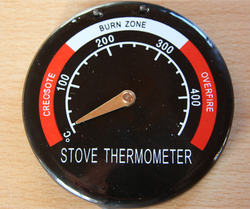 The fan should be placed on a smooth flat surface on your stovetop near the side or the back of the stove where cooler air can be drawn from behind and over the cooling fins. It should not be placed in the center of the stove or in front of the stovepipe or at the front of your stove. Optimally give it the draft of cool air from behind the stove. The Eco fan will start to rotate once the base of the fan has reached a temperature of 65°C. The optimal running temperature of the Eco fan is the same as the recommended safe operating temperatures of wood stoves, between 205°C - 345°C It is well worth using a stove top thermometer to ensure good stove safety, but also to build up a more intimate relationship with your stove. There is a gap between the lower stand of the fan and the upper cooling fins where you find a thermoelectric device; it uses the Seebeck or Peltier effect to convert a temperature difference into an electric potential difference. You can also think of it as converting a flow of heat into a flow of electrons. The screws that hold the halves together are a source of thermal bridging: they move heat from the bottom to the top without it passing through the thermoelectric device. The heat that passes through the screws is thus not converted to electricity, which serves as an inefficiency. We have a few Eco fans, and highly recommend them. We bought ours in the UK, where you can pick them up for half the price you find them in Sweden. Either way, they make for a very practical and comfortable addition to future- proof wood based heating & cooking. We're into everything performing as many functions as possible, and this is one solid piece of appropriate tech. that makes every piece of wood go as far as possible. Lo 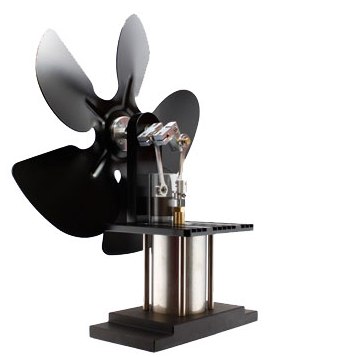 Purely mechanical ones using a Stirling engine such as http://www.vulcanfan.com/ obtain their power from rapidly heating and cooling the same volume of air. When the air is heated, it expands, pushing a piston upward; when the same volume of air is rapidly cooled, it contracts, pulling the same piston downward, providing power. The same volume of air is heated and cooled very rapidly converting the heat energy to mechanical energy used to turn the fan blade. This expansion and contraction of air happens up to 7 times a second. Super cool!
1 Comment
Leave a Reply. |
Details
Like us on FB Below for regular updatesStay up to date with customized updates you want to receive
Upcoming coursesArchives
December 2016
Categories
All
|
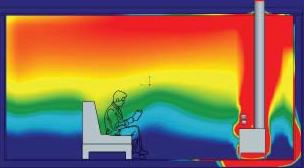
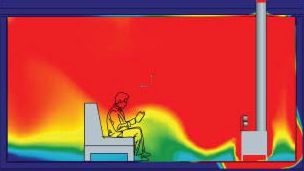
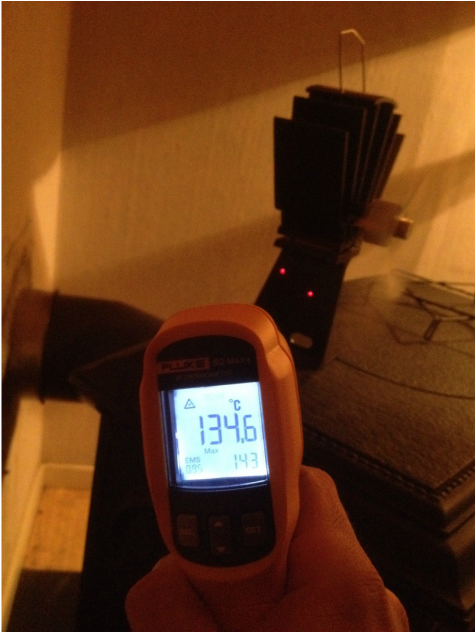
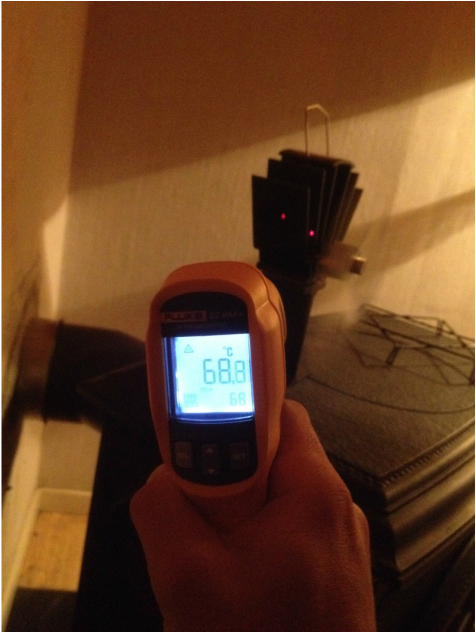

 RSS Feed
RSS Feed